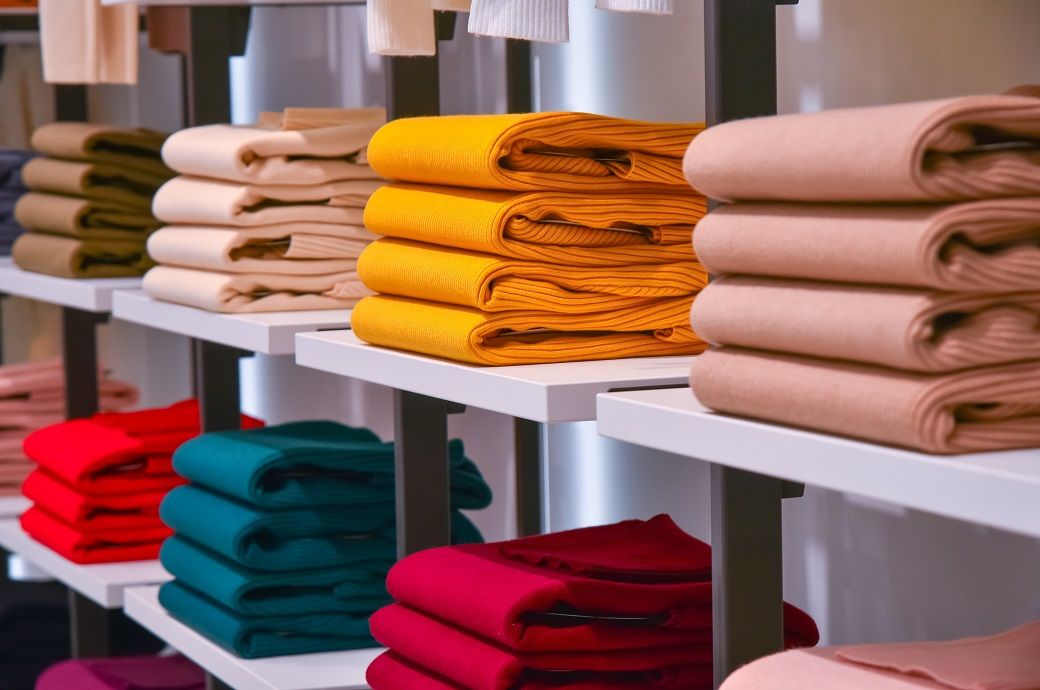
India’s pivotal textile and apparel sector stands at a critical crossroad. While the landmark GST reforms will yield long-term structural gains, the immediate external risk in the form of the 50 per cent US tariff on Indian goods remains a critical area of concern.
Such is the view expressed by EY India Partner – Indirect Tax C Incentives, Prashant Raizada. Raizada was addressing a webinar on GST 2.0 C US tariff and their twin impact on the Indian textile and apparel sector jointly organised by the Confederation of Indian Textile Industry (CITI) and EY India on September 26.
To help the textile and apparel sector, the GST changes announced on September 3 have eliminated duty inversion to ease cash flow and working capital, ensured fibre neutrality with man-made Fibre having the same GST rate as cotton, and eased registration and compliance procedures to benefit small businesses.
Moreover, starting September 22, textile and apparel items priced up to ₹2,500 would be charged a 5 per cent GST. Earlier, this 5 per cent rate was only applicable for textile and apparel products priced up to ₹1,000.
Effective August 27, the US has imposed a 50 per cent tariff on Indian goods. The US is the single- largest market for India’s textile and apparel exports, contributing close to 28 per cent of the revenue of Indian textile and apparel exporters. India’s textile and apparel exports to the US in the financial year 2024-25 was nearly $11 billion.
The GST reforms would lead to increased consumer spending thereby benefitting textile and apparel companies, Raizada said in a release.
However, he pointed out that companies should evaluate the potential implications of delayed utilisation of Input Tax Credits (ITCs), reassess purchase orders made earlier, and sensitise the dealer network about the need to pass on the GST benefits to customers.
The EY India Partner said he remained hopeful that the US tariff issue would be sorted out soon. That said, he pointed out that given the uncertainty around the issue, Indian textile and apparel companies should study the possibilities of shifting production bases and at joint venture opportunities.
CITI chairman Ashwin Chandran said the 50 per cent US tariff would make Indian textile and apparel exporters uncompetitive in the world’s No. 1 economy, and companies here would have to rethink their strategies to address the current grave challenge. The GST reforms, though, were a huge positive for India’s textile and apparel sector, Chandran added.
ALCHEMPro News Desk (HU)
Receive daily prices and market insights straight to your inbox. Subscribe to AlchemPro Weekly!